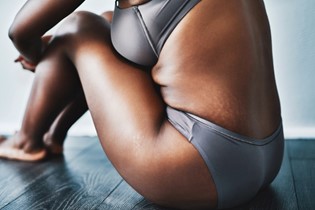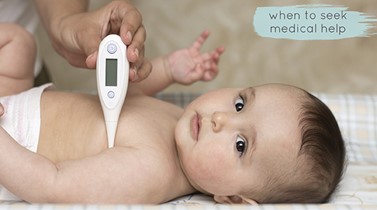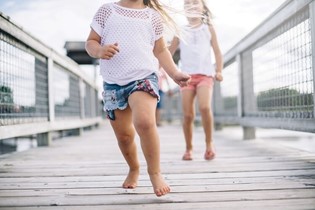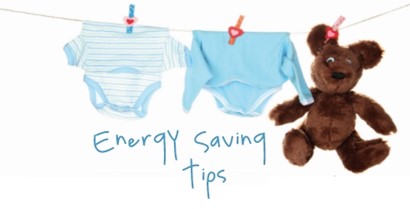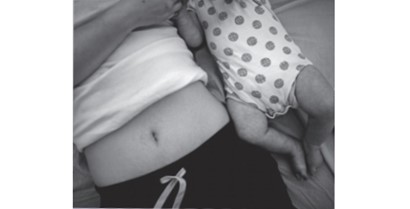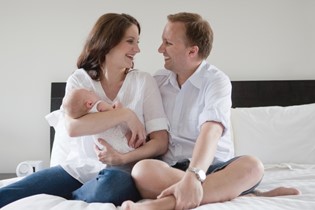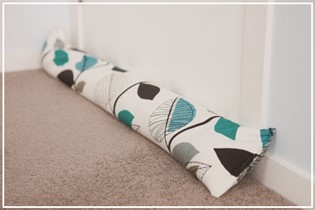Extended Rear Facing - Is It Safer?
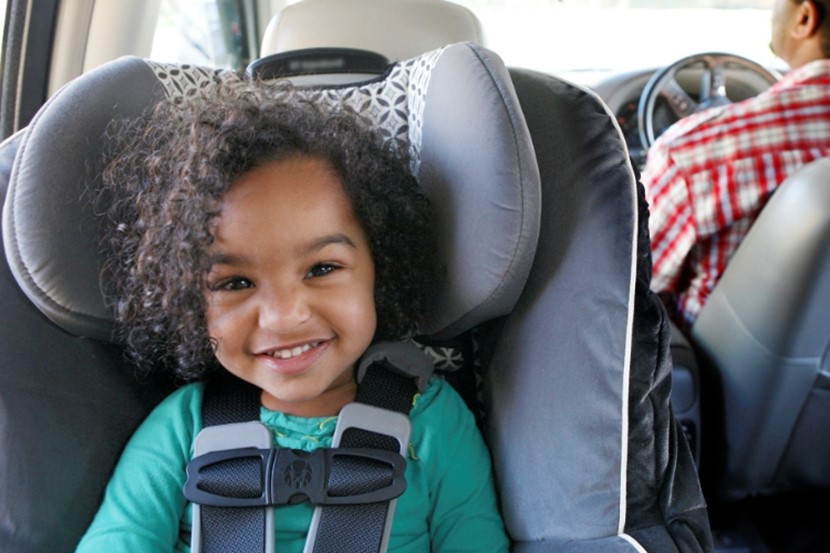
Turning your child’s car seat around to face forward can be a celebrated milestone. But are we turning too soon? Catherine Tafto advocates extended rear-facing
Car seats are the bane of many a mother’s existence — they can be expensive, unwieldy, take up lots of room, are complicated to install and don’t even get me started on the difficulty of installing three in the back!
But no one would challenge their value — they save lives on a regular basis. My children are the most precious things in the world to me and keeping them safe is the most important part of being a parent.
I started my mothering journey in Norway so there are some things I do a little differently to my New Zealand friends, putting children to sleep in a stroller parked outside for one. Pop a baby monitor in there and cover with a mosquito net to keep the cats and foxes out and you’re good to go — only to minus 10°C of course. And the number of times people have put their head in my car and said, “Is he still rear-facing?” is more than I can count. But keeping my boys rear-facing for longer than the recommended age is something I have found to be part of a movement — Extended Rear Facing (ERF).
When we moved to New Zealand the recommendation was to keep children rear-facing until they outgrew the capsule (usually 9kg) or aged 12 months. From what I’ve seen most mothers turn their children around as soon as possible.
Safety-conscious Scandinavians
In Norway children have to be rear-facing to 15 months but it is recommended until four years old. A quick survey of my friends there showed that most have kept their children rear-facing until three years with no problems. The only one to turn as soon as possible was a Swedish friend, Monica. Monica drives a lot and her daughter Thea-Sophie suffers from severe motion sickness.
“I think you are also allowed to use your head and when she is sick and crying I am not a safe driver,” she said.
In Sweden, the country most often lauded up by ERF advocates, the recommendation is also four years and this is largely accepted and followed by the parenting population. My Swedish friend Sandra said, “In general, I must say that people find the car seats big, it takes up most of the car! But what to do? If the child is safe then the Swede will go with it.”
After searching my friends-with-children list I found just one Kiwi mum who practises ERF. Adele and her husband Brent live in Taupo and their son Ryan is nearly three, big for his age, and still rear-facing. Adele said it was a conscious safety decision to keep him rear-facing, a decision they made after educating themselves on car seat safety.
Why go backwards?
So what are the benefits of ERF and why is New Zealand slow to cotton on? It comes down to basic physics and those cute too-big-for-their-bodies heads that children have. A young child’s head is up to a quarter of his body mass. By travelling rear-facing the head is protected within the seat, and less strain is placed on the head and neck. When an accident happens, the child’s body moves into the back of the seat and their head, neck and spine are supported. The statistic I have come across most often is that in an accident, a rear-facing child under the age of four is five times safer. And they use horrible terms such as “internal decapitation” which is a really hard thing to forget.
Firmly facing forwards
Adele agrees that in New Zealand three main objections are fuelling resistance to ERF: Boredom, discomfort and cost. The polite version is, “Isn’t he bored/uncomfortable?” And the less polite is: “That just seems cruel!” Neither of my children has expressed boredom or discomfort at being rear-facing and Lukas, a child who is very quick to speak his mind and very forceful about it, has been a great test subject.
Three things we have done seem to have helped. Having a mirror in front of them so they can see me and, more importantly, themselves — they never seem to get bored with that. It also means I can glance at them if I am worried at all about crying or silence and decide if I need to pull over.
Secondly, with number two child, once number one was turned forward-facing it was much easier for them to look at each other and interact. And lastly, because they didn’t know any better, they were unaware they were supposed to be bored and uncomfortable so they weren’t.
The discomfort issue seems to be a concern about children needing to bend their legs as they grow. I find they watch television and listen to stories with their legs bent so I’m not worried. I am also lucky enough to have children who don’t suffer motion sickness.
Adele found the same with Ryan. “He doesn’t get bored, his legs aren’t squashed and he doesn’t get car sick. I think the only compromise we make is tolerating his questions about why we’re stopping at each and every intersection, because he can’t see the traffic like we can.”
I reassured her that my forward-facing five year old still does that and he can see the traffic.
The next objection is an interesting one: Broken legs.
“But in an accident won’t their legs get broken?”
You know what? They might. Especially in a rear impact accident. However, rear impact is less common than front impact in accidents, and broken legs are an awful lot easier to fix than broken necks. So, personally, I am willing to take that risk.
The last objection is the cost of an extended rear-facing car seat and fitting one into your car. You can afford only what you can afford and New Zealand does not provide the glorious parental leave packages of Scandinavia which can make a big difference when you go from two-income-two-people to one-income-three-people.
Buying a new car to fit in an extended rear-facing seat is not an option for most. My rear-facing car seat was expensive, but I am planning to use it for three children, so each gets a good chunk of rear-facing time before he moves out for little brother.
Rear-facing car seat options in New Zealand
New Zealanders’ attitudes and perceptions about car seat safety are changing. In 2011 Plunket began recommending rear-facing until 24 months and car seat installers and retailers are becoming more educated about the benefits of ERF.
New Zealand-based car seat manufacturer Phil & Teds has recognised this change and has begun to cater for the demand by increasing the maximum weight limit for rear-facing seats from 11kg five years ago to 13kg now.
One of the best places to look for car seats for extended rear-facing is Baby On The Move. They have several options to cater for rear-facing children up to a weight of 25kg. Fena Bavastro of Baby On The Move recommends the Kidzofix seat and the new Britax Multi-Tech II. The Radian RXT, suitable for children weighing up to 20kg, or the Evenflo Symphony 65 for children up to 18kg are also good options, she says.
Parenting is complex and we all do our best to make the right decisions for our family, within our budgets and with the information we have at the time. Ideas evolve and it can be good to examine unchallenged assumptions within our own culture and perhaps find something somewhere else that suits our family better. I feel lucky that I have had the opportunity to learn in two different countries and cultures and to take from each what best suits my family.
|
Catherine Tafto lives out in the New Zealand countryside with her Norwegian husband and two boys, which means they regularly spend over an hour at a time in the car. |

AS FEATURED IN ISSUE 25 OF OHbaby! MAGAZINE. CHECK OUT OTHER ARTICLES IN THIS ISSUE BELOW



